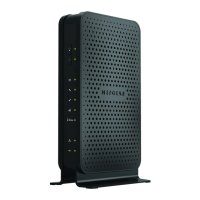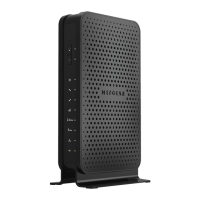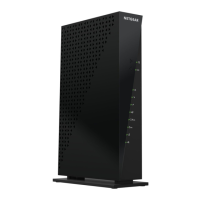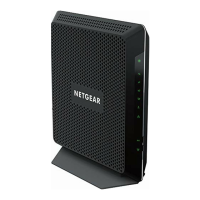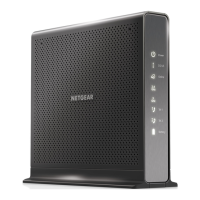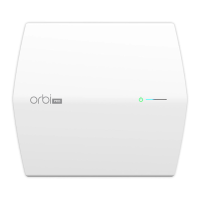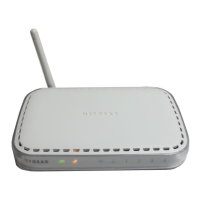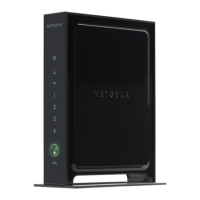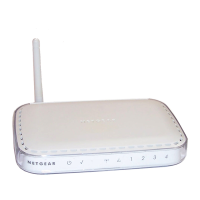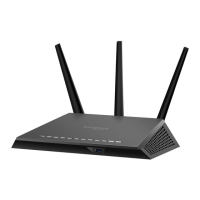What to do if my NETGEAR C3000 can't access the internet but the Internet LED is on?
- MMarcus RobertsAug 13, 2025
If your NETGEAR Wireless Router can't access the internet but the Internet LED is on, register the cable MAC address or device MAC address of your router with your cable service provider.
